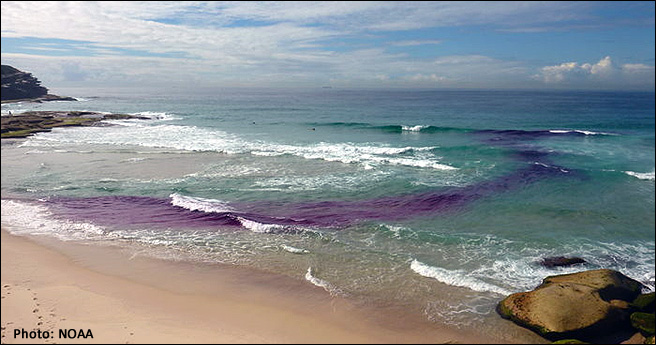Where should I look for rip currents?
Rip currents most typically form at low spots or breaks in sandbars, and also near structures such as groins, jetties and piers. Rip currents can occur at any beach with breaking waves, including the Great Lakes and Gulf of America. Rip current can be difficult for the average beachgoer to identify. Look for differences in the water color, water motion, incoming wave shape or breaking point compared to adjacent conditions. Look for any of these clues:
- Channel of churning, choppy water
- Area having a notable difference in water color
- Line of foam, seaweed, or debris moving steadily seaward
- Break in the incoming wave pattern
- One, all or none of these clues may be visible.
